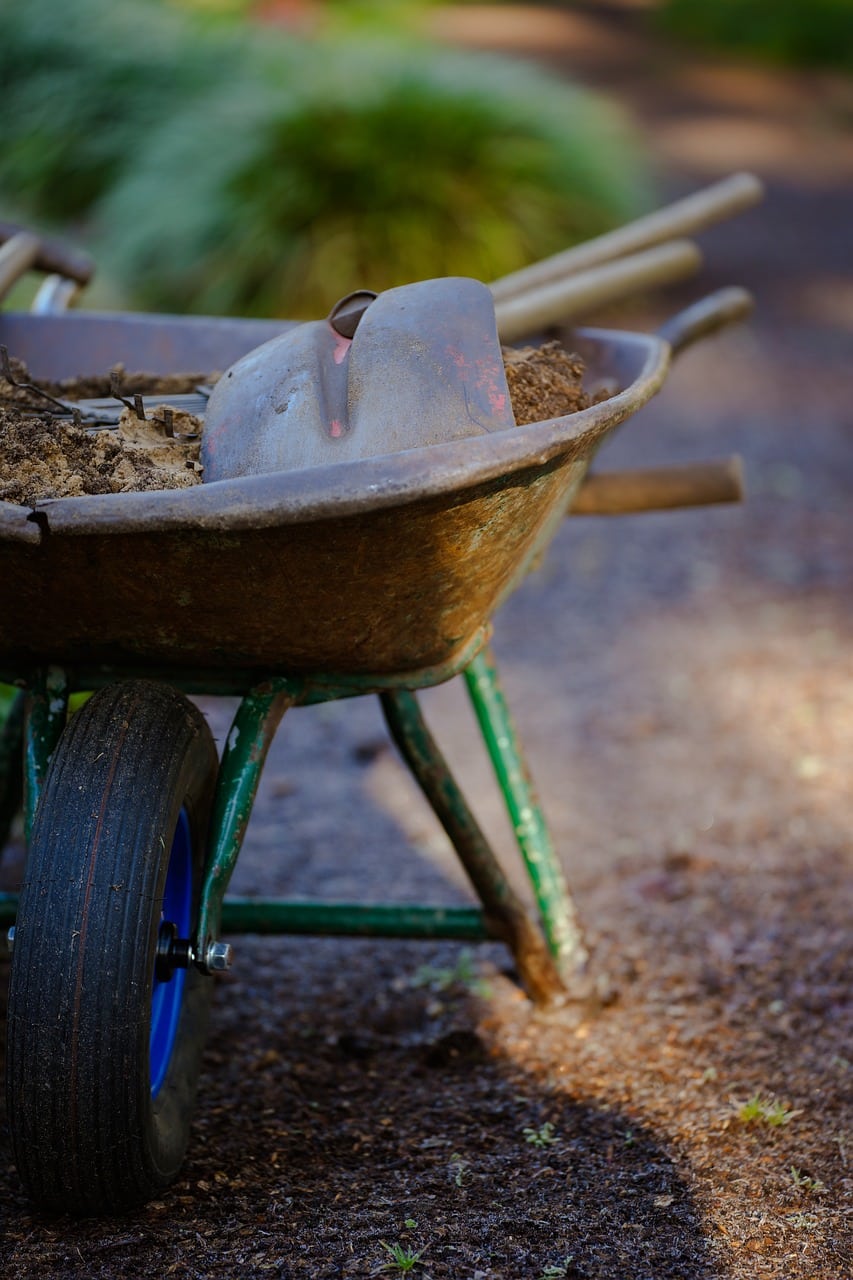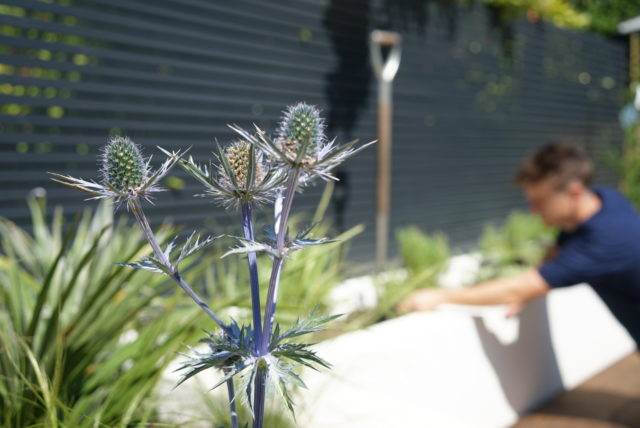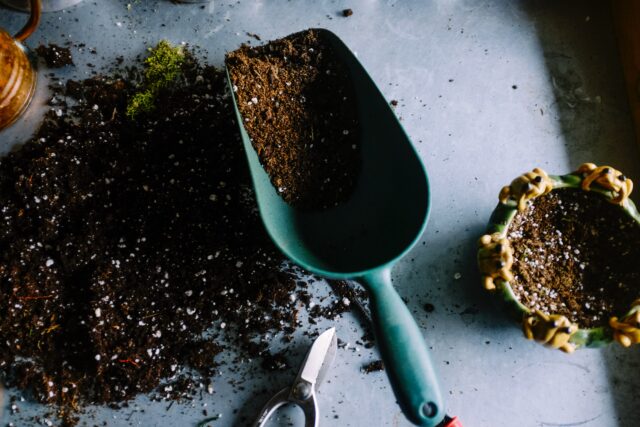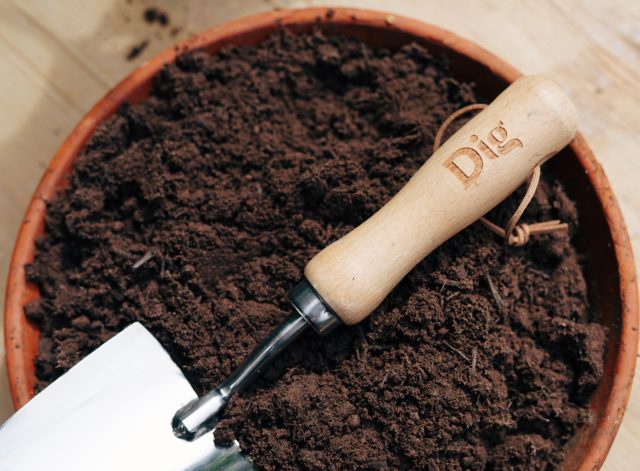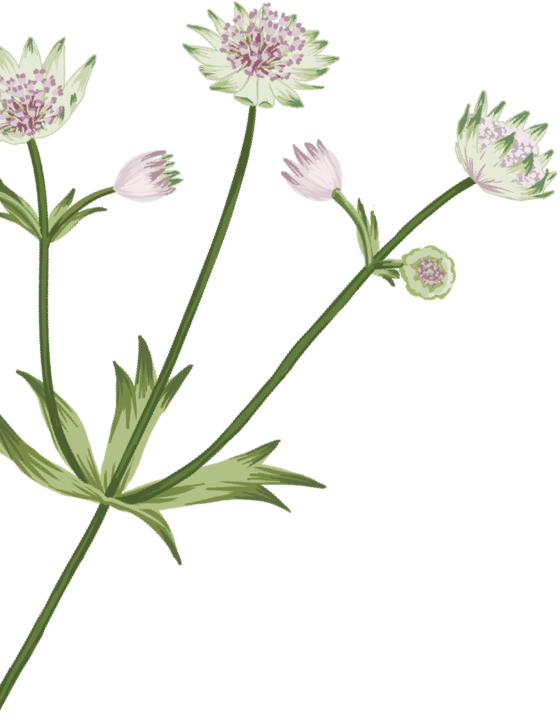What to do about leaves?
Autumn is synonymous with fallen leaves but it can be tricky knowing what to do with them – especially as conversations change with regards to soil health and what we should clear and what we should leave in our gardens. Leaves provide vital and extremely helpful nutrients for the soil and so it’s worthwhile thinking about whether you actually need to remove fallen leaves from your garden.
We recommend the following as a few simple rules.
- Leaves on a flower bed – Let leaves fall onto flower beds and don’t worry about removing them. They’ll deteriorate over time, filling the soil with nourishing plant food. They also provide really beneficial shelter for all sorts of wildlife
- Leaves on a lawn – If leaves fall on your lawn however, it’s a good idea to either rake them up, or rake them into your flower beds. Leaves gathering on a lawn can deteriorate and deprive plants of light and air which could lead to bare patches.
- Paths and Patios – Naturally, it’s a very good idea to clear up leaves from garden paths and patios, as well as balconies and terraces. Just add water and they can become very slippery indeed.
- Composting Leaves – Any leaves you collect should be added to a leaf pile or even an old compost bag with a few holes punched in it. After a few years of rotting down, you’ll be left with one of the best free homemade composts that money shouldn’t have to buy – otherwise known as leafmould.
#DigTopTip – Check with your local council about compost bins, they might offer free ones for local residents!
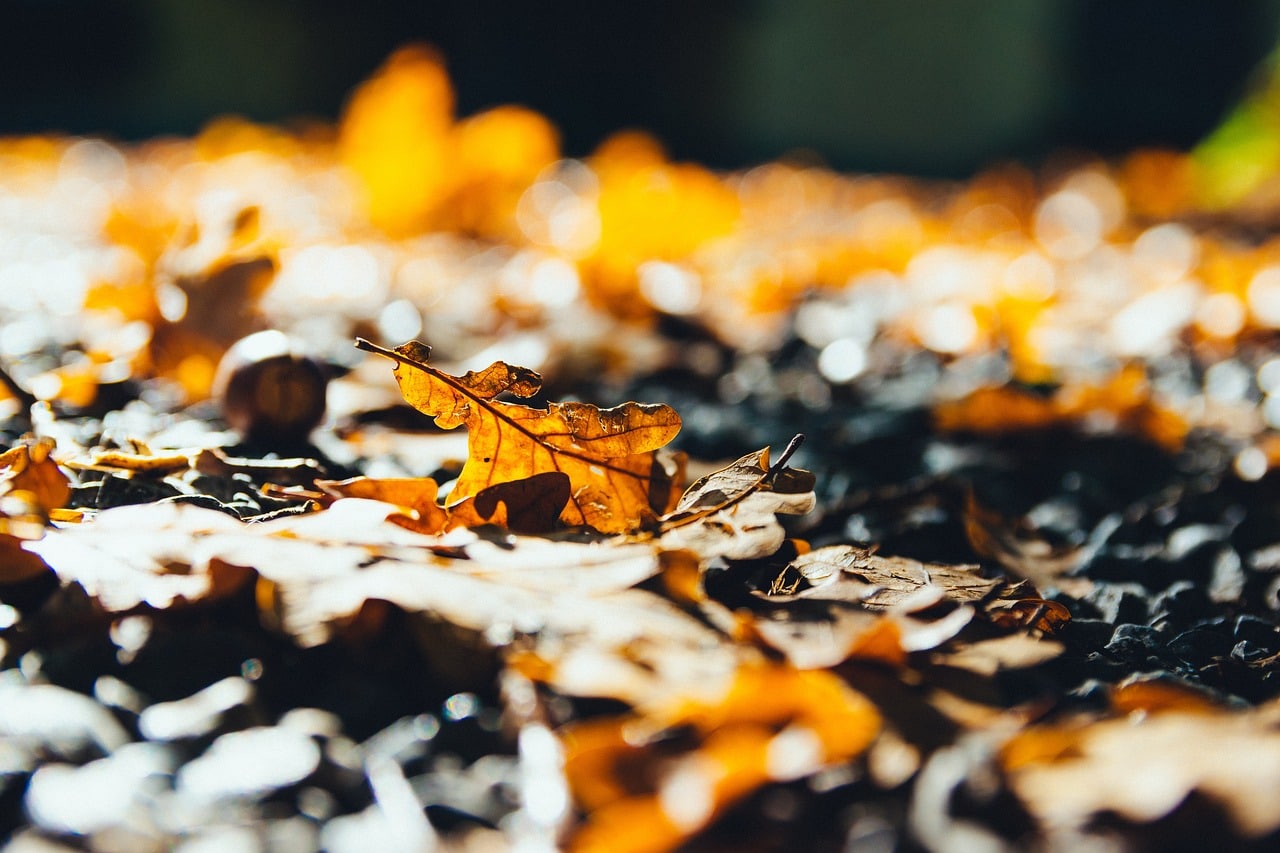
Fallen leaves make excellent food for your soil – which in turn leads to fuller foliage and healthier flowers for your plants.
Should I water in winter?
The short answer is yes – only much, much less regularly. Plants need moisture all year round so keep an eye on your plants and soil. When it looks as though they might be drying out, give them a water. Even if nothing is happening above ground, there might be activity below ground that needs some fuel.
What to protect
There are a number of plants that will benefit from a bit of safeguarding before winter sets in. These all tend to be delicate or temperate plants that struggle with colder weather. Here are our recommendations for some plants that might need protecting and how to do it.
- Dahlias – Dahlias, which grow from tubers on the roots, often need ‘lifting’, especially in colder parts of the country. It’s a bit of a process, but a worthwhile one. Here’s a very handy guide by Gardeners World Magazine with the very knowledgeable Alan Titchmarch that we can thoroughly recommend. If you decide to leave Dahlia tubers in the ground (which is usually fine in warmer parts of the country) then it’s a good idea to cut down the stems of the plants when they finish flowering to avoid them rotting and risking damaging the tubers beneath the soil
- Tree Ferns / Dicksonia antarctica – Tree ferns are susceptible to gathering water in their crown (where the leaf fronds emerge from at the top of the trunk). To protect them, stuff this area gently with dry, dead leaves or even pet-straw, and remove any tatty fronds. It’s not a bad idea to wrap the trunk in insulating fleece too.
- Japanese maples / Acers – If you have an Acer in a pot and want to be especially careful, consider moving it to a more sheltered spot, even if that’s just closer to a garden wall. For younger Acers, wrapping them in fleece will give them a nice bit of extra protection through the winter too.
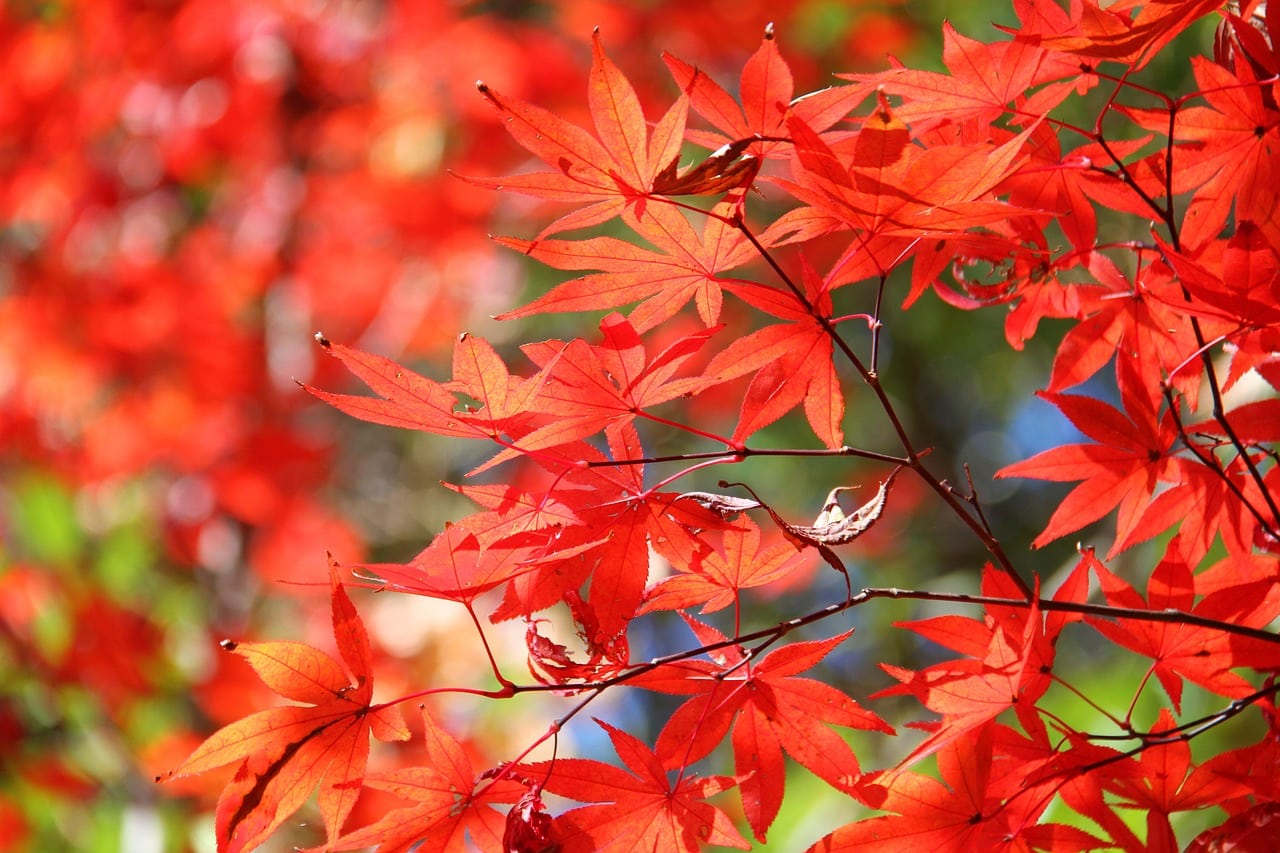
Acers or Japanese Maples are just one of the plants that benefit from a bit of protection in late autumn.
Plant spring bulbs:
There’s still plenty of time to plant spring bulbs. Visit your local garden centre or supermarket and stock up on an array of bulbs to give your garden a spring boost. Whenever I’ve planted bulbs, I’ve almost always entirely forgotten I’ve done it until spring which, if you lead an extremely exciting life like me, means a nice surprise a few months down the line.
#DigTopTip – Award-winning Dig garden designer Serena Fremantle recommends waiting until after the first frost to plant tulip bulbs. Tulip fire is a fungal disease that can cause distorted, brown leaves and thrives in damp conditions. Waiting until the first frost gives your tulips a better chance in what will then be drier and cooler soil.
Last month we published a guide for which bulbs to pair with each of our themes which you can read here.
Feed the birds
With garden bird activity on the up at this time of year, it’s a perfect opportunity to invite them into your outdoor space. Colder months require birds to expend more energy staying warm and so bird feeders or tables stocked with high protein food like nuts, grubs or fatballs will give you a good chance of attracting a wider variety to your outdoor space. Here are a few things to consider before winter sets in properly:
- Give all your bird feeders and bird tables a good clean. Warm soapy water will help to remove any bacteria that might have been gathering and reduce the chances of diseases spreading from bird to bird.
- A variety of different types of nuts will help bring in a variety of different types of birds. If you have the space to offer a selection of avian hors d’oevres, you’ll reap the rewards
- Remember that it can sometimes take birds a little while to locate feeders and return regularly – patience is key
- Birds also flourish when there is plenty of natural food to attract them. When clearing your garden of dead plants and debris, consider leaving any plants with seedheads – these will provide birds with food and, on frosty days, usually look quite attractive.
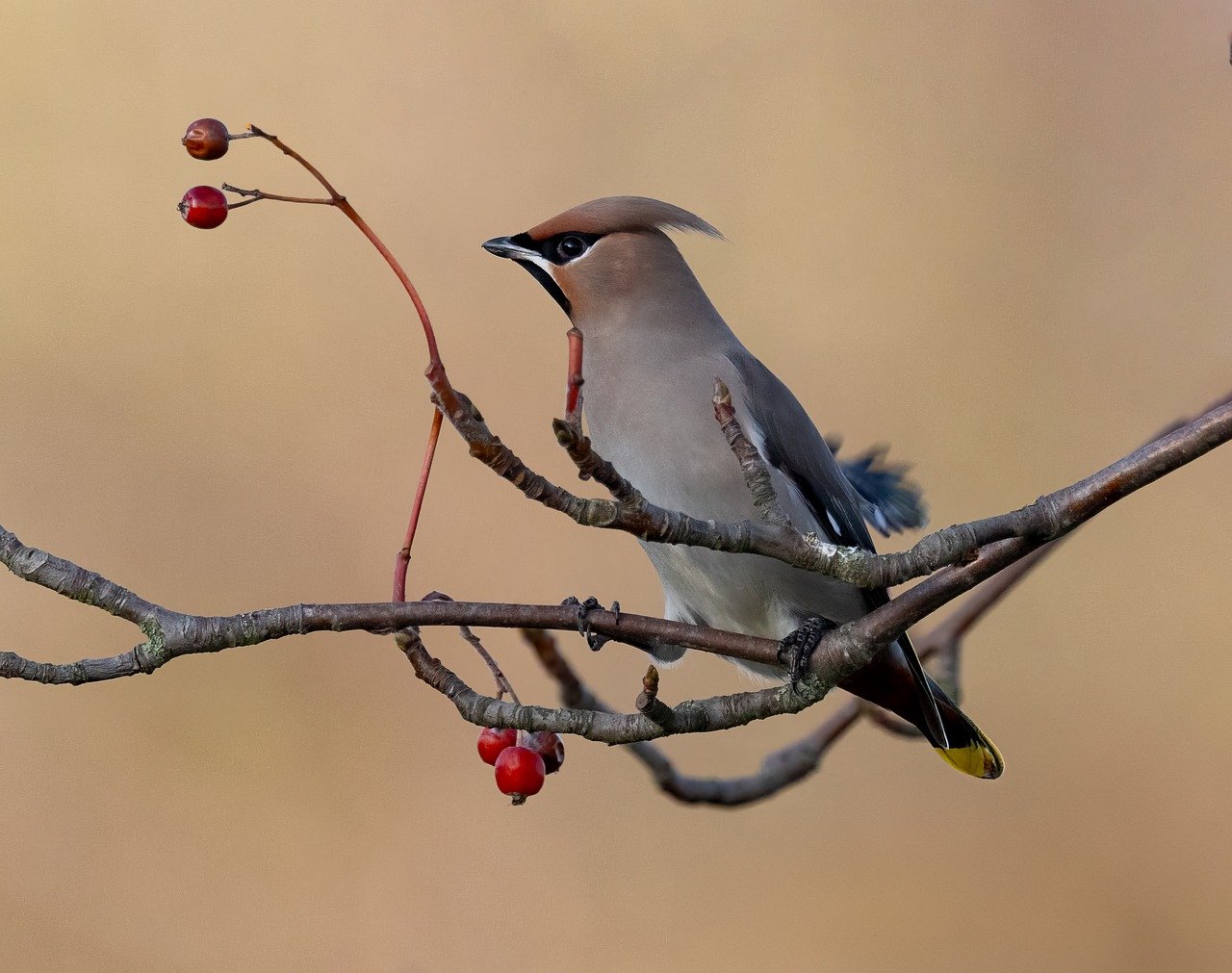
If you’re incredibly lucky, you might see a Waxwing in your garden. These beautiful birds visit the UK from Scandinavia each winter.

